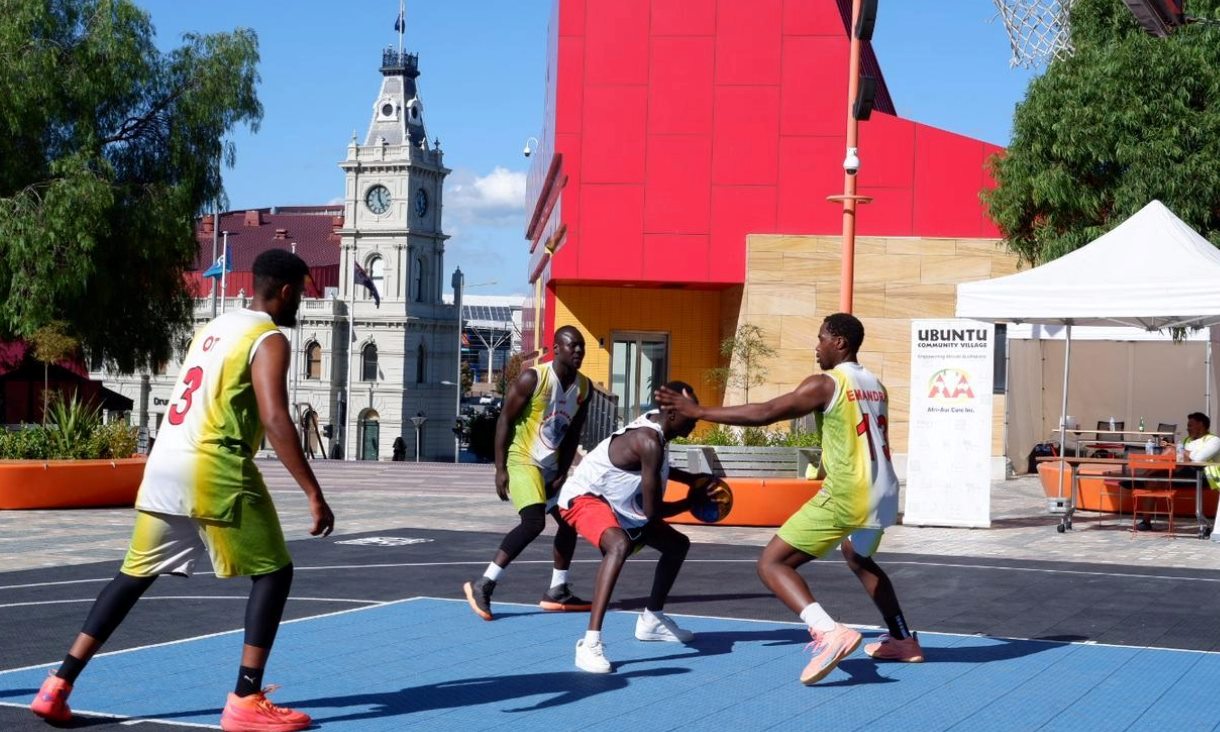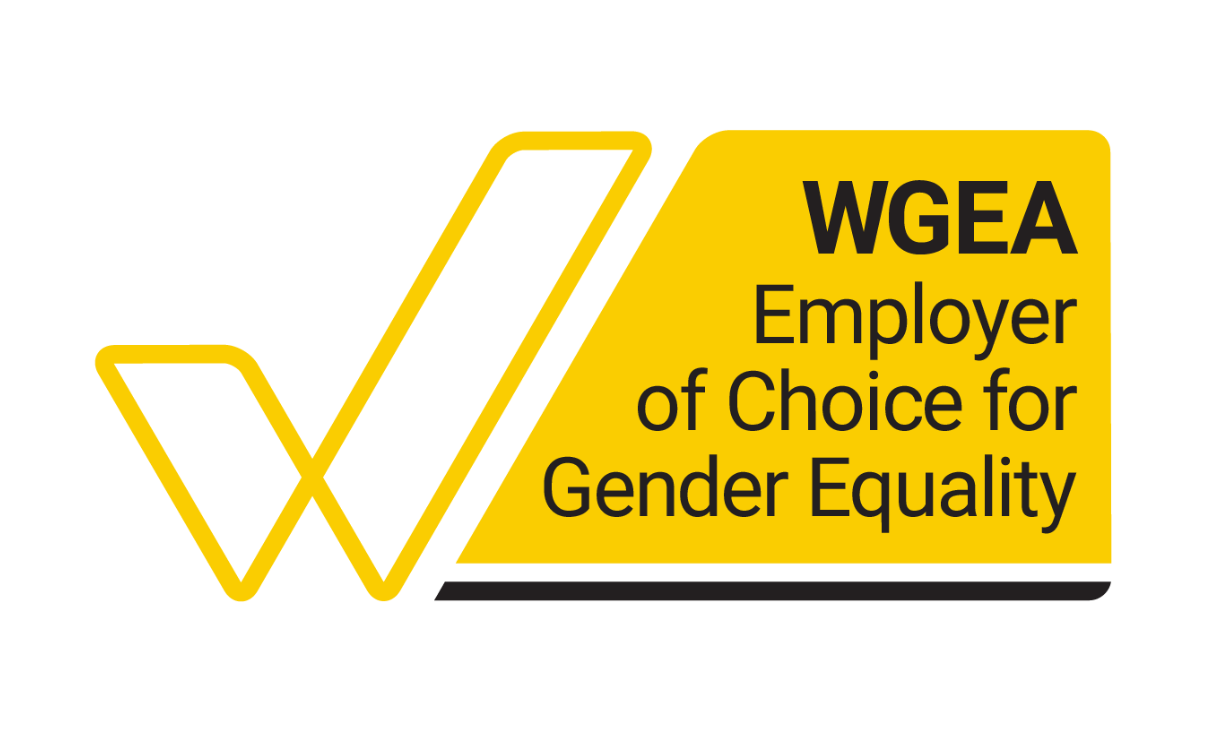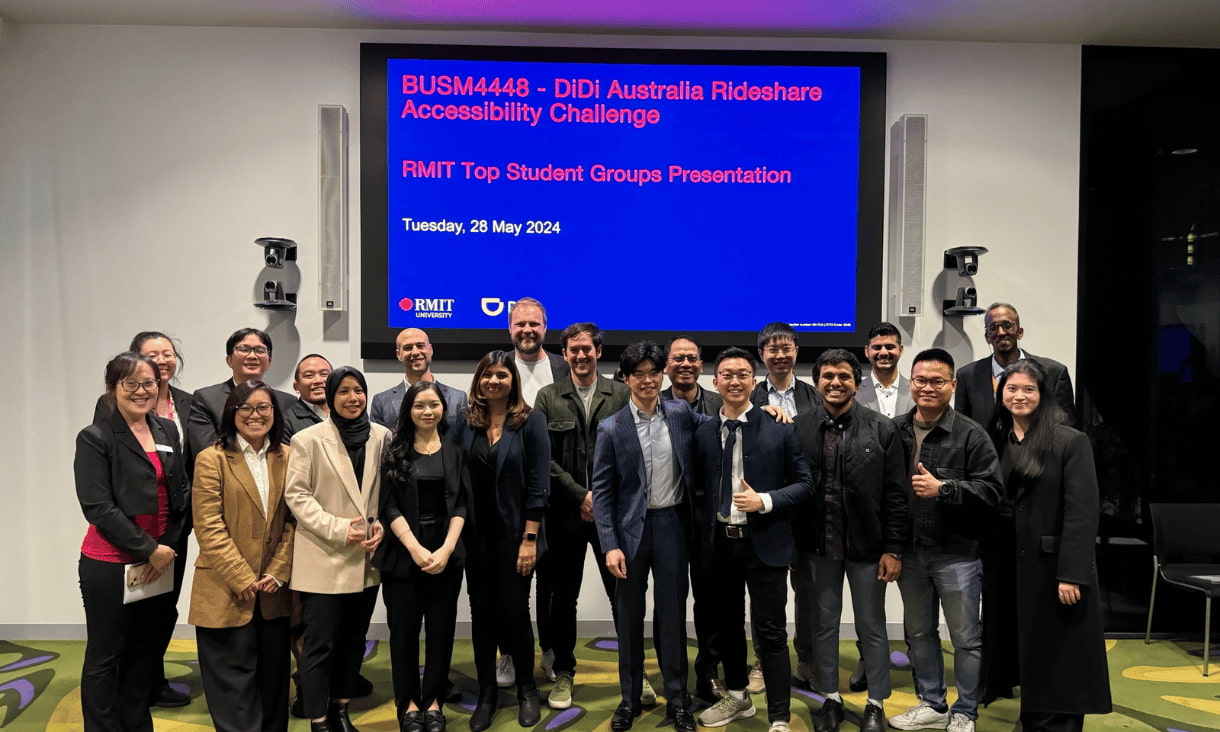The most recent Islamophobia in Australia report shows Muslims continue to be the targets of hostility and violence.
The September 11 terrorist attacks in 2001 propelled them to this unenviable position.
More recently, Islamic State has reinforced Western fears of and antipathy towards Islam and Muslims.
Our new study finds non-Muslim Australians living in areas with high numbers of Muslims are less Islamophobic than the general populations of Sydney and Melbourne.
This suggests living side-by-side could be an antidote to Islamophobia.
What is Islamophobia?
Islamophobia refers to indiscriminate negative attitudes or emotions directed at Islam or Muslims.
Australians typically know very little about Muslims and their faith.
As a result, they tend to lump together this vastly diverse group as backward, gender-oppressive and violent.
The “religious visibility” of some Muslims exacerbates this issue.
We see Muslim women wearing hijabs or face veils, and quickly - as well as wrongly - conclude all Muslims are traditional and far too serious about their religion for our modern and secular standards.
Just like any other large population group, Muslims come from a variety of ethno-cultural and socio-economic backgrounds.
As sociologist Riaz Hassan noted in 2018, 37% of Australian Muslims are born here, and the rest come from 183 different countries.
Islamophobia in Sydney and Melbourne
In the 2016 Census, more than 600,000 people identified as Muslims, with about three-quarters living in Sydney and Melbourne.
They tend to be concentrated in specific suburbs, where they are also visible through ethnic businesses, schools and places of worship.
Our study examined Islamophobia in the top ten Muslim suburbs of Sydney and Melbourne, in comparison with the rest of the two metropolitan areas.
The proportion of Muslim residents in the selected areas ranged from 59% in Lakemba, NSW, to 30% in Dandenong, Victoria, according to census data.









